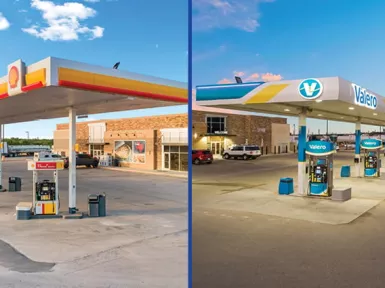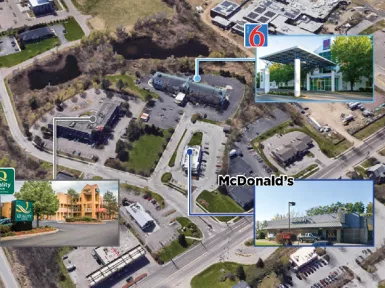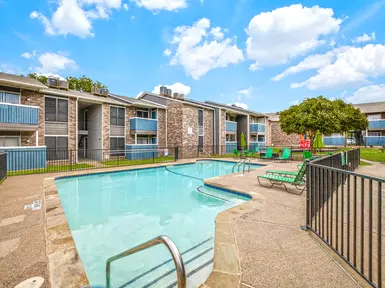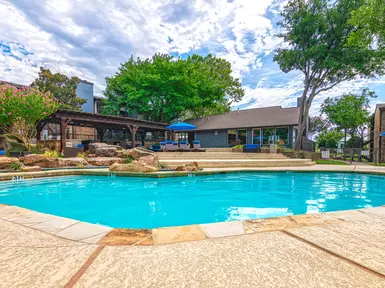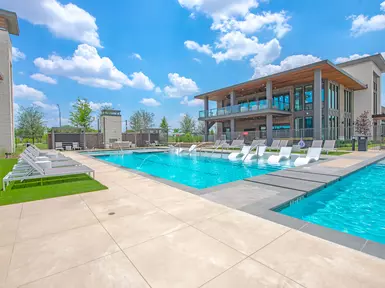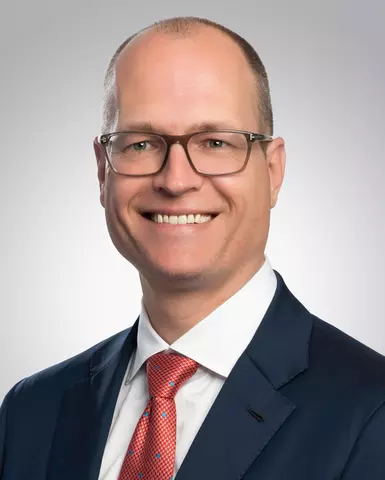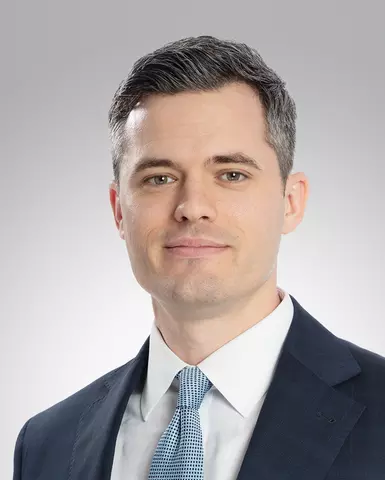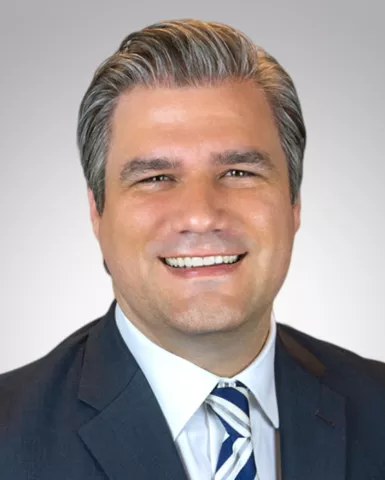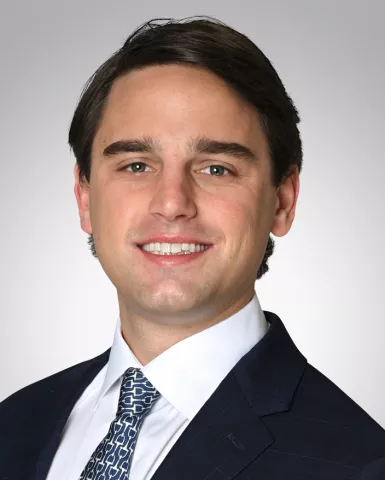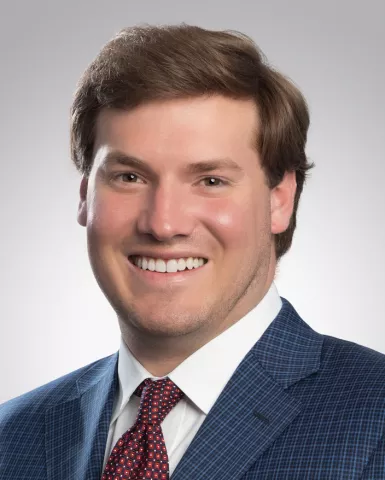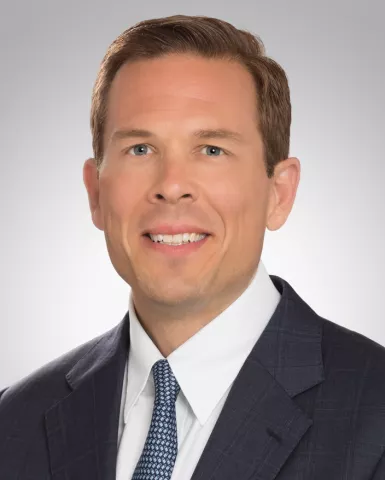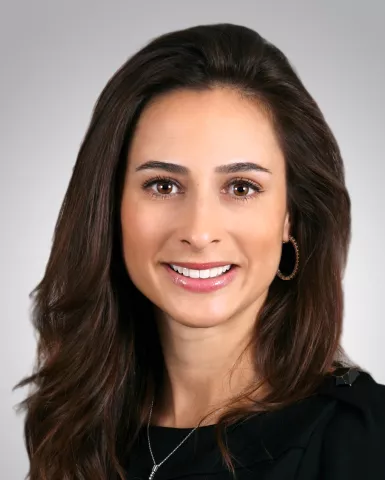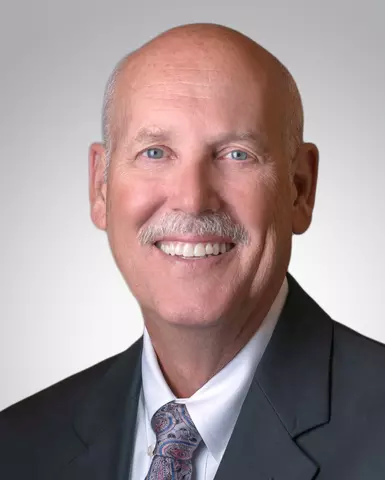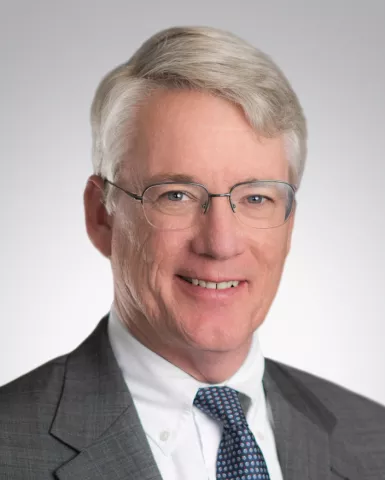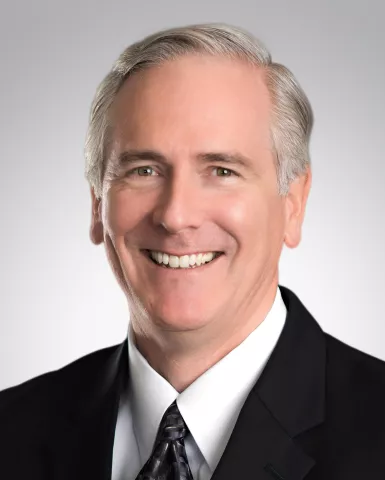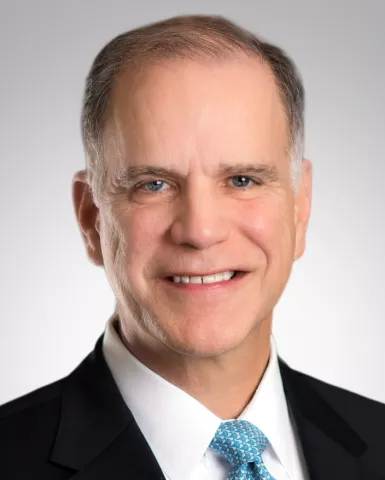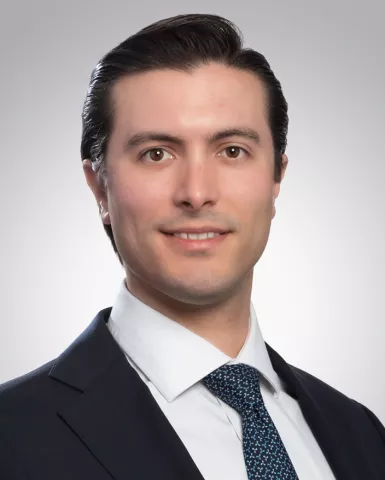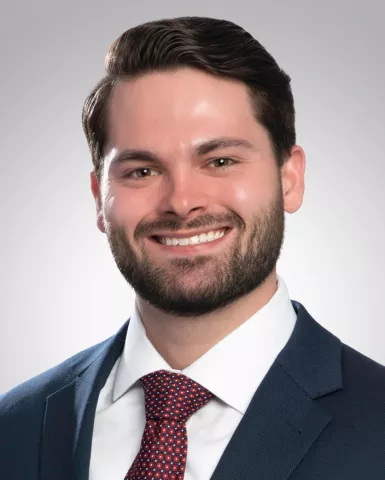Are you searching for expert guidance in commercial real estate in the Dallas area? Look no further than Northmarq. Our team of professionals specializing in investment sales and debt and equity is dedicated to delivering an efficient and hassle-free experience for your next transaction. With our extensive network of lending partners, we have the ability to arrange commercial real estate loans for all property types, including retail, multifamily, healthcare, industrial, manufactured housing, and more. Our in-house experts are well-versed in specialty transactions such as 1031 exchanges and sale-leasebacks, as well as standard acquisitions and dispositions. Whether you're an individual investor, developer, or institutional owner, we cater to your unique needs. Additionally, as a direct lender for Fannie Mae, Freddie Mac, and FHA/HUD, we offer a range of financing options. Contact us today to learn more about our investment sales services and explore financing opportunities. We look forward to partnering with you!
About Our Office
The latest
Dallas TX
